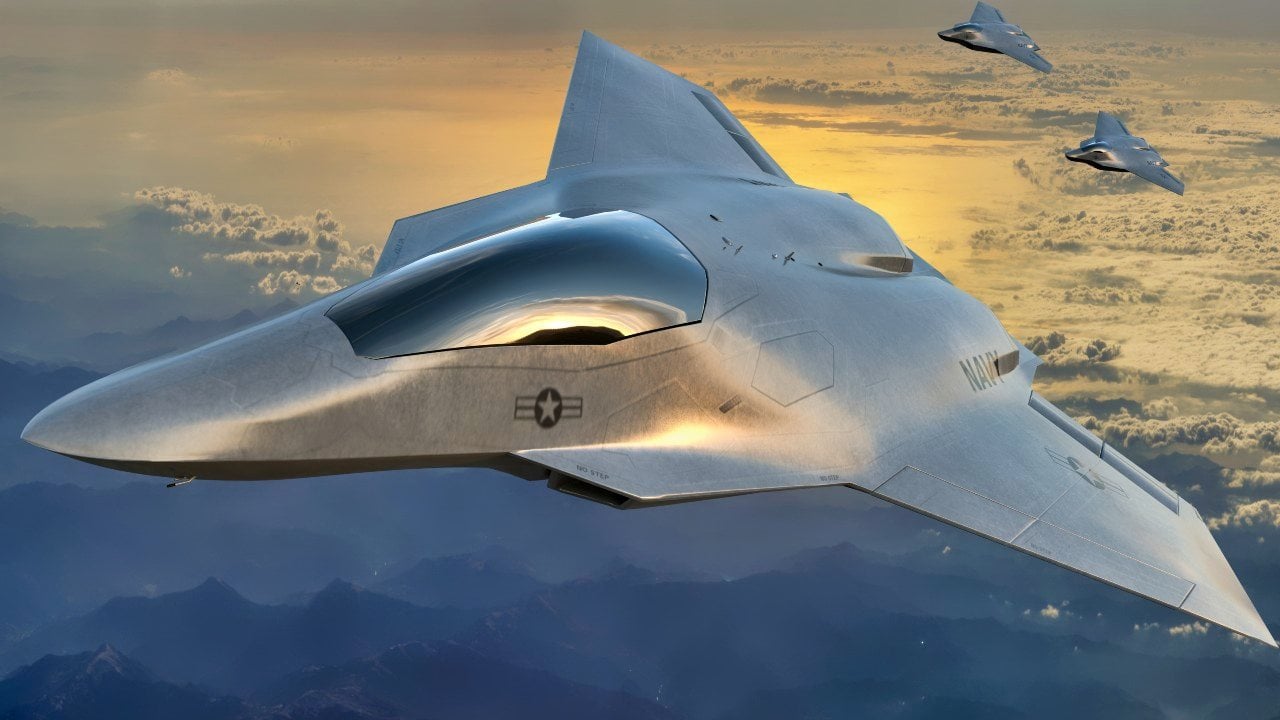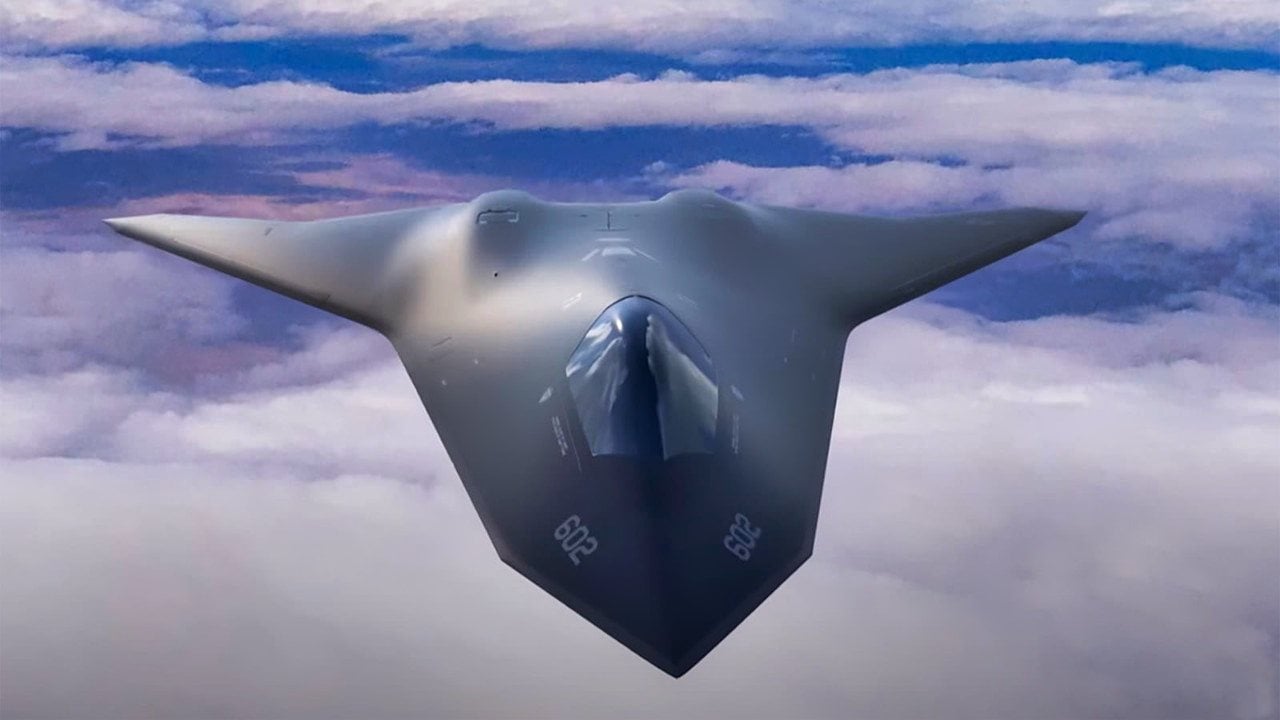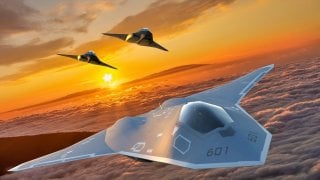Too Expensive? NGAD 6th Generation Fighters Could Cost $300 Million Per Plane
At face value, $300 million for just one NGAD aircraft is relatively high, regardless of the advanced capabilities that the aircraft might have. And yet, for the NGAD, there is some important nuance to understand before making any conclusions.
With the Global War on Terrorism largely over, the focus of the United States is once more fixed against near-peer threats like China and Russia. As such, the Pentagon is modernizing its arsenal to be ready for the fight of tomorrow.
As part of this modernization process, the U.S. Air Force is pursuing the Next Generation Air Dominance (NGAD) program. But will it be worth the high cost per plane for a new stealth, 6th Generation fighter?
NGAD: Wait, $300 Million Per Plane?
The NGAD began as a program to develop and test new aviation technology, such as sensors, uncrewed systems, propulsion, and stealth, for America’s new stealth fighter jet and not per se for the development of an aircraft.
Only more recently, and after the technology improved, did the focus shift towards producing an aircraft.
In recent discussions about the upcoming NGAD fighter jet, the Air Force revealed that it expects it to cost as much as $300 million per aircraft, raising concerns about the burden of the fighter jet on the troubled U.S. economy.
Think About F-22 and F-35Not As Absurd As It Sounds for NGAD
At face value, $300 million for just one NGAD aircraft is relatively high, regardless of the advanced capabilities that the aircraft might have.
And yet, for the NGAD, there is some important nuance to understand before making any conclusions.
One important thing to consider is that the fighter jet that comes out of the NGAD program will replace the F-22 Raptor.
That is why the number of intended NGAD aircraft is only around 200—compared to about 2,000 F-35 Lighting IIs ordered just by the U.S. military, with approximately another 500 ordered by other countries. The Air Force received 186 F-22s, but only about 130 reached operational status.
Today, almost 20 years after the first stealth fighter jet in the world entered service, there are fewer than 100 aircraft ready for combat. As for the rest, they are used for training and spare parts.

Adjusted to 2024 dollars, the F-22 Raptor has a price tag of approximately $255 million per aircraft. In addition, the F-35 Lighting II has a price tag of about $80 million per aircraft, but only because several countries have joined in as partners, and Lockheed Martin is looking to produce more than 2,500 aircraft, thus spreading the cost.
With an overall cost throughout the program’s lifetime of about $1,7 trillion—the most expensive defense program in history—the F-35 would cost a lot per aircraft if the Air Force had ordered only 200 fighter jets. Thus, it becomes clear that the cost per NGAD fighter jet isn’t unheard of in procurement programs.
Moreover, the NGAD fighter jet is expected to operate alongside and control a number of uncrewed aerial systems.

So, a single NGAD aircraft will replace several older fighter jets. That development should also be taken into account when considering the $300 million per NGAD cost.
At the end of the day, $300 million for a single aircraft sounds absurd. However, the technological promises coupled with the intended role of the NGAD fighter jet go a long way to assuage any concerns about the cost.
About the Author
Stavros Atlamazoglou is a seasoned defense and national security journalist specializing in special operations. A Hellenic Army veteran (national service with the 575th Marine Battalion and Army HQ), he holds a BA from the Johns Hopkins University and an MA from the Johns Hopkins School of Advanced International Studies (SAIS). His work has been featured in Business Insider, Sandboxx, and SOFREP.
All images are via Shutterstock.


